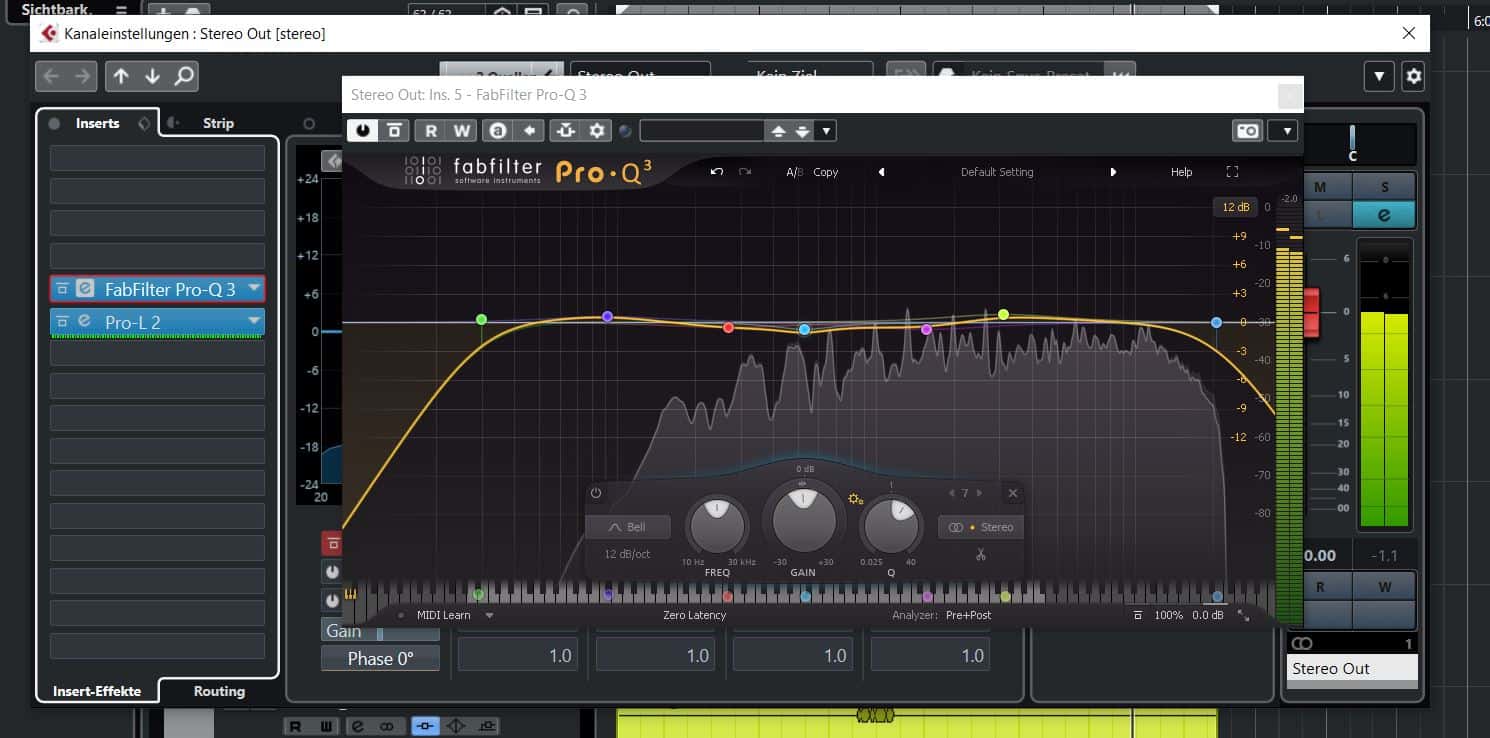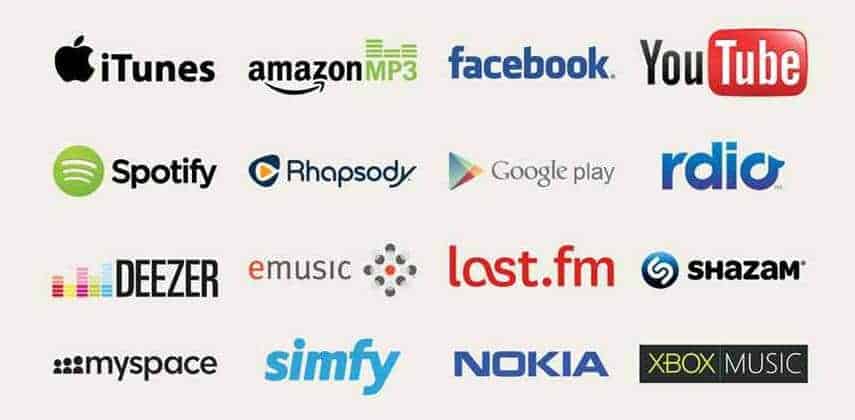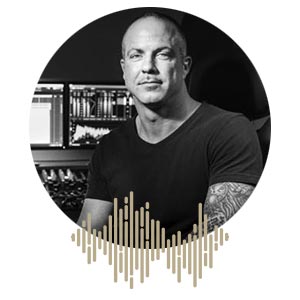Home recording - good quality for little money
HOME STUDIOS FOR LITTLE MONEY
GOOD RESULTS FOR THE SMALL PURSE
When building your own homeRecording studios At first there are an unbelievable number of questions and one is stunned by the abundance Gear or music equipment. One quickly tends to spend money in the wrong places for things that are not necessary and this is then missing for investments that significantly influence the sound and make studio life more pleasant. In this ersten Teil Our Home Recording series should therefore name the most important components of your first studio. Our Home Recording series should be a help so that you pay attention to the important things and Achieve a professional sound and a good sounding song despite a limited budget. The blog posts will deal with a variety of problems you will encounter with home recording and from the acoustic optimization your studio to cover everything up to the recordings.
INTERFACE - THE HEART OF EVERY STUDIO
In addition to the DAW the heart of every studio. Because the internal sound card of a computer is not suitable for recording, the interface is used to record the Convert audio signal to digital signal and vice versa.So what should you look out for when buying an interface?
First of all, the question arises about the Audio inputswhich usually have 1-8 inputs preamp are sufficient. Since in the home recording studio everything is usually recorded directly via the interface and this happens one after the other, you will normally not need more than two inputs at the beginning. Two inputs are practical insofar as they can also be recorded in stereo if necessary or, for example, one Singer & Songwriter can record guitar and vocals at the same time. Depending on requirements and setup, larger interfaces can also be used, for the start and in most cases the described size of the interface is completely sufficient.So what price range are you in for an interface?
An interface in this category is between 100 and 300 euros. Even in this price range you can achieve the great results with home recording that Interfaces in this price range usually bring good preamps; that sound more neutral and for Vocal and instrument recordings are ideally suited. It should be noted here that you should not expect professional results here!DAW (Digital Audio Workstation)
The question of the right DAW is heavily discussed in many forums. But which one is now suitable for your own needs?
You should ask yourself the question about the area of application here, if you want, for example electronic music to produce well worth a look at Ableton Live and FL Studio to throw. If you are looking for a DAW for recording, Editing and Mixing so Pro Tools and Reaper are ideal. Or do you want one All-rounder software, then you should check out Cubase, Studio One and Logic Pro (MaxOS only).
Another way to find the right DAW is to use a DAW that is used a lot in the local area. This offers you the opportunity to exchange ideas and to have direct support from known users if you have any questions. (This saves an incredible amount of time that you spend in forums to solve some of the simplest problems.)
The third option is to experiment yourself, many interfaces come with a slimmed-down version of a DAW when you buy them. Here you can familiarize yourself with the most important functions of these and test the DAW. It enables you to get a feel for the DAW and to test whether the workflow suits you. Often these versions can be upgraded to a version with even more functions if necessary.
Studio monitors
Studio monitors are an important part of the studio, you will through these listen and mix, so you shouldn't save too much here. The monitors should be one if possible neutral frequency response if they color the sound too much, the mix will end up sounding bad too. It is better to invest a little more here in order not to find out after a short time that the sound is not optimal. Common in the home studio 2-way near field monitors, ie monitors with a speaker for the Mid and bass range and one for the heights. These are usually set up at a distance of up to one meter from the listening position. When choosing monitors, it is important to test them in your own studio. It is certainly helpful to seek advice from the music shop, but the test rooms are usually not the right reference for getting an idea of the sound of the monitors. In your own studio, these will most likely sound very different. The reason for this is the change in the acoustic environment. You can find monitors suitable for home recording from around 200 euros each.Master keyboard
The next part of the studio is a keyboard with which you can use Midi your VST instruments can play. The question that usually arises here is: How many keys do I need? If you want to play short melodies or simple patterns, for example, you will probably submit it Keyboard with 25 or 49 keys. If you also want to play piano or large orchestral parts, you should definitely look for a variant with 61 or 88 keys. In principle, the brand doesn't matter here, because with everyone Master keyboards midi parts can be imported, rather the keyboard is about the extra functions that you want to use. Do you mainly work with, for example VSTs from Native Instruments or Arturia It is worth buying a keyboard from the respective manufacturer to optimize the workflow with the respective libraries. If you want integrated touch pads for playing drums, it might be more worthwhile Akai or M-Audio Keyboard. Choose your keyboard so that it complements your workflow in a meaningful way.Microphone
Last but not least, the microphone is still missing. Microphones are the part of your studio where you shouldn't look at the money because your recording stands or falls with the microphone. At the beginning there is usually only one microphone available for home recording, so this should be a good all-rounder microphone. Highly recommended is a Large diaphragm condenser microphone, with this you can achieve great results with singing as well as instruments.
In the cheaper price segment, this is particularly possible Rode NT-1 recommend that it shines with a neutral frequency response and can keep up with more expensive microphones. Also the Microphones from Lewitt and AKG are worth a look. If you are looking for a high-end microphone, you will probably not get around the brand Neumann around which, for example with the U87, have released numerous studio classics. Another microphone to mention is this Shure Sm7b, This is a Dynamic microphone which is particularly suitable for vocal recordings. So if you're not planning on recording instruments, definitely check out this mic.
As with monitors, the most important thing with microphones is that you test them and choose a microphone that suits your sound ideas and needs.



